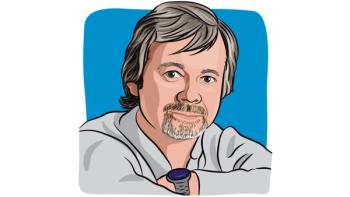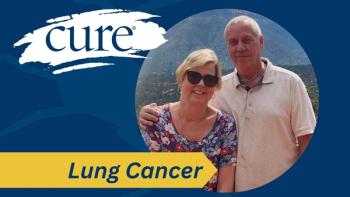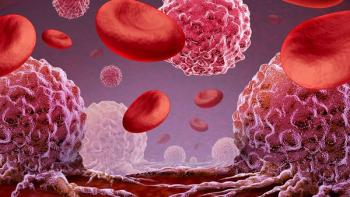As it happens with cancer research, we are finding that the subtype of triple-negative breast cancer (TNBCs, essentially those cancers that cannot be treated with HER2-targeted and hormone therapies), contain many subsets themselves. This theory may explain why any one drug class or approach to treatment has not been very successful--a topic that was addressed during the annual meeting of the American Association for Cancer Research.To date, TNBC has become a catch-all disease with any breast cancer that isn't HER2-positive or ER-positive. Right now, the term triple-negative breast cancer is merely a "descriptive and operational term," as William Foulkes, the director of the cancer genetic program at Quebec's McGill University, put it. It doesn't have a biological definition. And its importance has risen only in the past five years.What happens when we begin to separate these subtypes out--one expert mentioned there could be up to six (for the record: basal-like 1 and 2, immunomodulatory, mesenchymal, mesenchymal stem-like and luminal androgen receptor)? And how do we separate them? By gene expression, which gave us the six subtypes? By histology? Biomarkers? A majority of TNBCs are classified as basal-like, but again--it's not the rule. We used to assume that TNBCs were basal-like, but now we know that about 44 percent of TNBC cases are not basal-like, and of the basal-like cancers, 19 percent were not TNBC. Inflammatory breast cancer, a particularly aggressive disease, is usually triple negative. Most TNBCs are high-grade cancers, but some are low-grade. It was noted during the AACR session on PARP inhibitors that we got off track when we began testing these drugs in TNBCs. It may be that this class of drugs works best in breast cancers that are driven by BRCA mutations. While women with BRCA mutations may have responded well in the trial, their response was possibly drowned out by cancers that didn't respond, which resulted in a negative and wholly disappointing study. And let's not forget that BRCA mutations are not all TNBCs, and vice versa.As one presenter said, there are several molecular subtypes of TNBC; we can't just lump them all together. Knowing that TNBCs make up about 15 to 20 percent of breast cancers, and then dividing them into additional subtypes and studying different targeted agents in each is a daunting mission. We know many TNBCs have a mutation in the p53 gene, and clinical trials are now testing how to target this mutation. And some TNBCs have EGFR mutations, which could possibly respond to EGFR-targeted therapies that are approved for other cancers. We also have a good idea that PARP inhibitors may work for BRCA-mutation driven breast cancers, many of which are classified as TNBCs. Then you dive down into the more rare targets – the mutations in the PIK3CA gene, HER2 (not to be confused with the HER2 mutation that signifies HER2-positive breast cancer ... see where it gets confusing?), and various mutations in pTEN genes. One interesting concept is that researchers have identified a subtype--the luminal androgen receptor--that comprises about 10 percent of patients with TNBCs that may respond to an anti-androgen receptor therapy called bicalutamide, a prostate cancer hormone therapy. "Luminal AR may have the worst prognosis because we've never offered them the right therapy; plus they seem older, with more comorbidities," said Jorge S. Reis-Filho at Memorial-Sloan Kettering Cancer Center in New York. The good news is that where we as laypeople might be overwhelmed with this information, researchers and physicians are looking at this with an optimistic view--the more knowledge on how to treat these cancers, the better. We have targets. We can also use this information to pinpoint the more aggressive TNBCs as opposed to those that might respond well to chemotherapy. And as one expert noted, the heterogeneity of TNBC makes unselected targeted therapy unlikely to succeed. Until we can separate these subclasses out and find out what makes them different, throwing the same therapies at them is not likely to work.Now we can move to Plan B.






